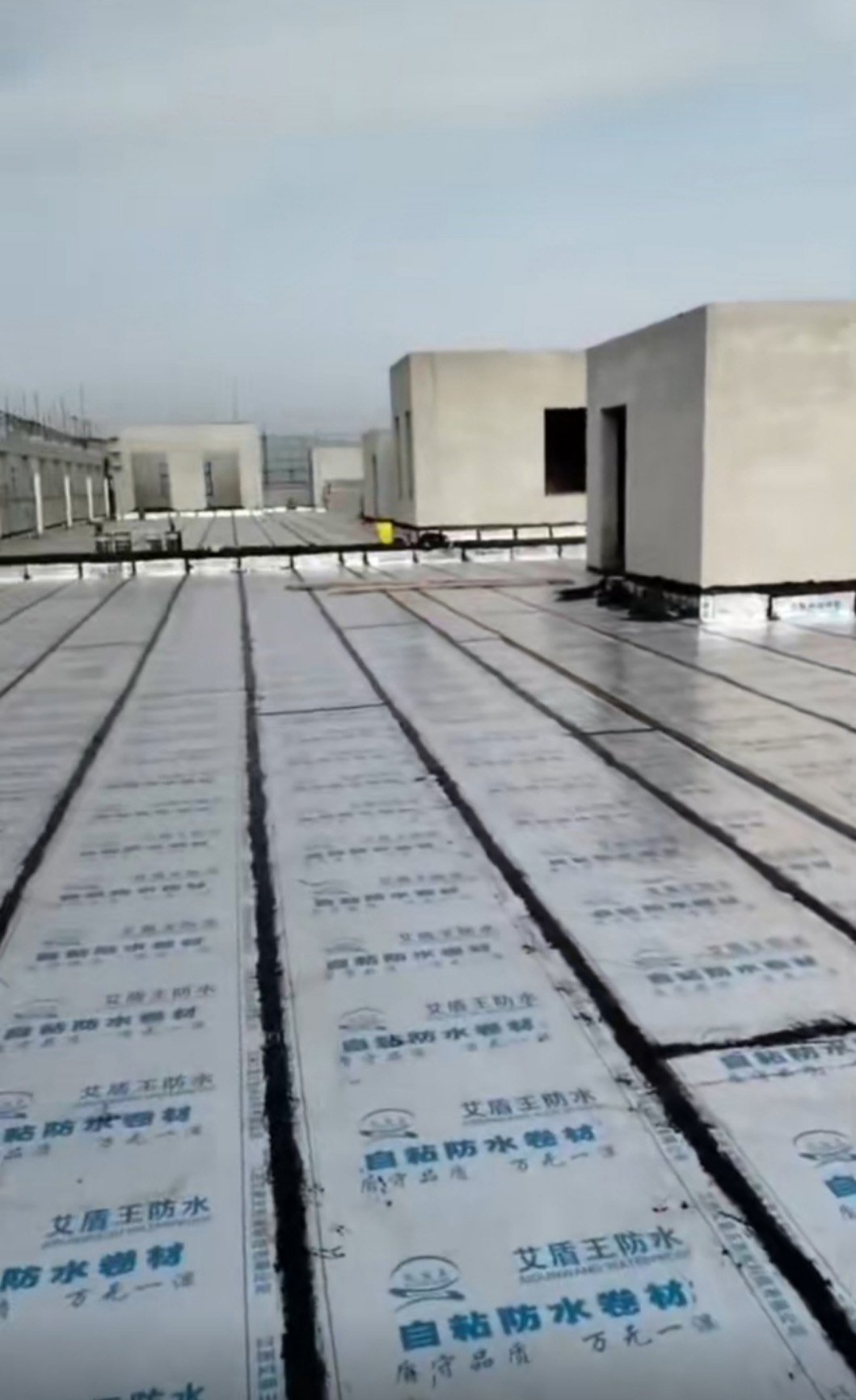
In the design and use of materials and technologies for urban building waterproofing engineering, the use of chemical waterproofing materials should be minimized or restricted as much as possible. While meeting the requirements of building anti-seepage and leakage prevention, full attention should be paid to the breathability and humidity control functions of buildings, increasing the safety, health, and comfort of living, maintaining a virtuous cycle of urban natural ecology, and promoting the harmonious development of the city and the natural environment.
The rapid development of industry and cities has driven the rapid growth of the global economy, but at the same time, it has also damaged natural ecosystems. Cities are becoming increasingly distant from nature, making it difficult for them to develop harmoniously. As a result, social and livelihood issues such as economic and social development, natural environment protection, survival, and health have become increasingly prominent.
Chemical waterproof materials such as JS waterproof coatings, waterproof rolls, chemical grouting materials, latex coatings, etc. are widely used in waterproofing projects in urban buildings. These chemical waterproof materials block water and prevent the water and gas circulation between buildings and cities. Precious water and gas resources such as rain and dew cannot be effectively utilized, and the air in cities is extremely dry and difficult to purify, greatly affecting our healthy life. Artificially synthesized waterproof materials are mainly composed of petrochemical synthetic materials and a large amount of chemical additives. This is because materials and products are harmful to buildings, living environments, and natural ecological environments, mainly due to three reasons: firstly, these raw materials and products used for building waterproofing materials consume a large amount of resources, energy consumption, and emit pollutants in the industrial production process; Secondly, during and after use, a large amount of harmful components such as VOC in the product can affect indoor and outdoor air quality, endanger human health and the comfort of the living environment, and even shorten the service life of buildings; The third is chemically synthesized waterproof materials, which have poor performance, are not resistant to aging, have a short service life, and cannot achieve the same service life as buildings, often resulting in engineering quality problems. After its service life expires, it cannot be recycled. Whether burned or deeply buried, it will cause long-term pollution to soil, water sources, or air, seriously endangering the urban and natural ecological environment.
Therefore, we must re-examine modern urban building waterproofing materials and technologies, and adhere to the correct concept of environmental protection and health first. Building waterproofing should draw on and learn from the wisdom and experience of our ancestors in building waterproofing, combined with modern science and technology, and strive for safety, health, nature, environmental protection, economic practicality, and sustainable use.